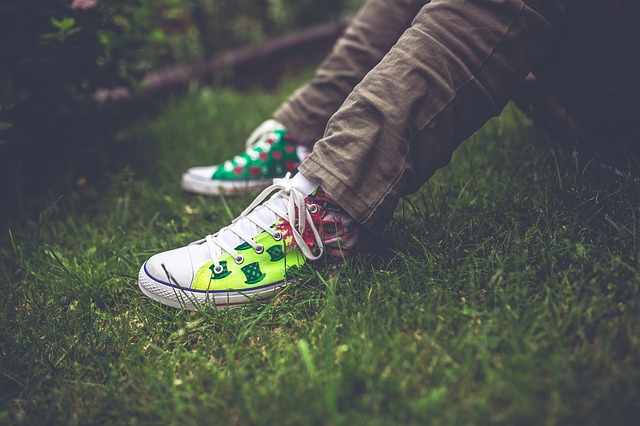About 31% of adolescents reported feeling unsafe in their schools, a large international study found. The results show the importance of providing a safe environment for children, said the researchers.
Having a safe school environment is critical for youths’ “educational success and development,” the researchers noted in their paper, published in Frontiers in Psychology. This pertains to a school environment that “provides a physically, cognitively, and emotionally safe space” for students where they can learn.
Previous research on perceived school safety has been focused mostly on Western countries, the authors noted. For instance, in their previous analysis of 43 papers on perceived school safety among kids and adolescents (with no restrictions on the countries of origin), 32 of the studies were from the U.S. while only one was a cross-cultural study. At the time, the researchers noted the “need to focus on cross-cultural perspectives” and to look at non-western countries.
For their new work, the researchers then looked at data from 21,688 adolescents aged 13 to 15 years old from 13 European and Asian countries: Finland, Norway, Lithuania, Greece, India, Indonesia, Iran, Israel, Japan, China, Singapore, Vietnam and Russia. The surveys were conducted from 2011 to 2017, and the participants answered self-administered surveys, the University of Turku noted in a news release.
The researchers found that on average, 31.4% of the participants reported feeling unsafe in their schools, with the occurrence being 31.3% for girls and 31.1% for boys.
It also varied between countries. For the girls, this ranged from 11.5% in Finland to 69.8% in Japan. For the boys, it ranged from 7.7% in Norway to 68.2%, also in Japan.
“Finland and Norway are Nordic welfare states and the occurrence of adolescents who felt unsafe was very low,” the researchers wrote. “In contrast, Japanese adolescents were most likely to feel unsafe, despite living in a highly developed country with significantly low crime rates and a comparatively modest social safety net. The reasons for these variations were unclear, but they may reflect cultural and social differences.”
For instance, the “highly competitive” and “stressful” environments in some Asian schools may be contributing to their reduced feelings of safety, they added.
Even within the countries, researchers found “large” variations in perceived safety between schools. This implies inequality, they noted.
“Our findings emphasize the importance of providing safe educational environments for all students, regardless of their background or the schools they attend,” the researchers wrote.
Why Students Feel Unsafe
Researchers found that some school-related factors affected the students’ feelings of being unsafe, including bullying and other emotional difficulties. Students also tended to feel unsafe if they felt that their teacher did not care about them.
On the other hand, the students who felt that their teachers cared about them were likely to feel safe, with good student-teacher relationships associated with “increased psychosocial wellbeing and reduced mental health issues.” This shows the “important role” teachers play in their students feeling a sense of safety at school, the university noted.
Overall, researchers found that school safety is a “critical” educational and public health issue. Feeling unsafe at school was also associated with mental health problems, which “may persist throughout life,” noted the university. Some possible initiatives to prevent bullying and support students’ mental health could include psychoeducation and social-emotional learning.
“Physically, cognitively and emotionally safe school environment is essential for the development and educational success of children and young people,” Andre Sourander of the University of Turku, one of the study authors, said in the news release. “All children have the right to attend schools where they can feel safe and protected without fear or anxiety of any danger. In the wake of recent school shootings, we must take steps to enhance safety in educational settings and protect students from all forms of violence and abuse.”
















